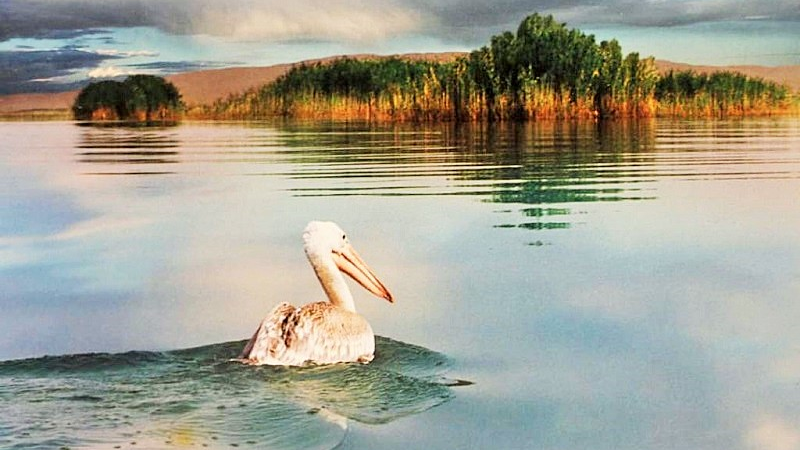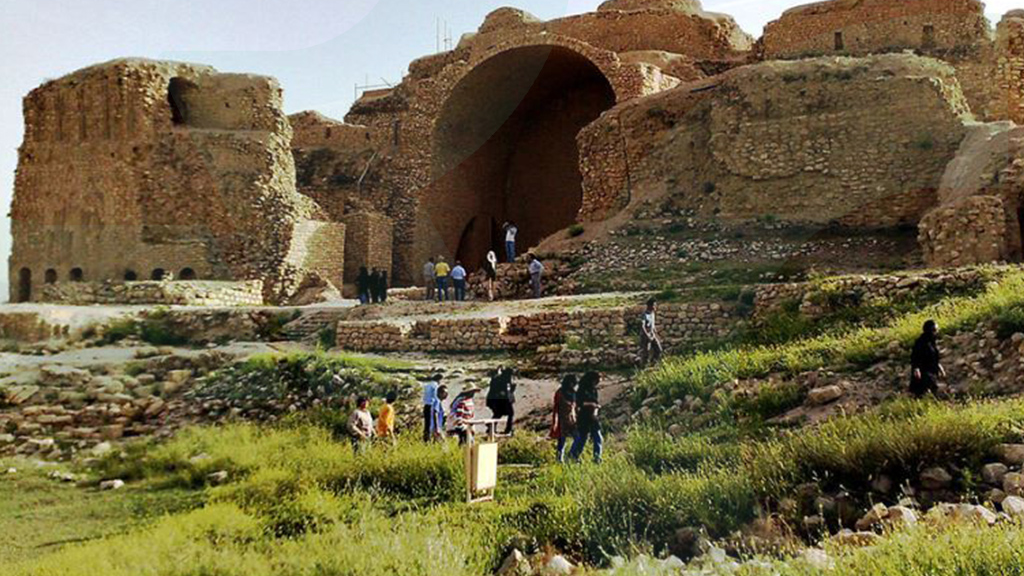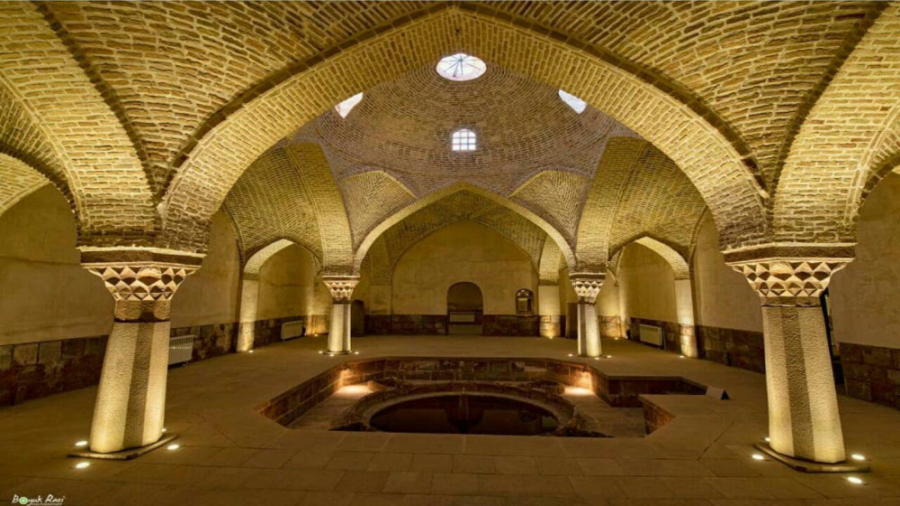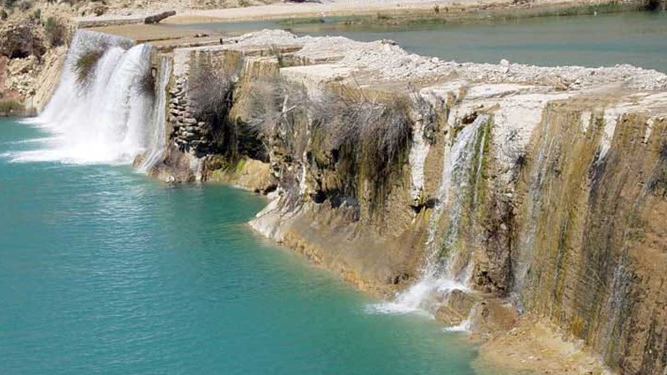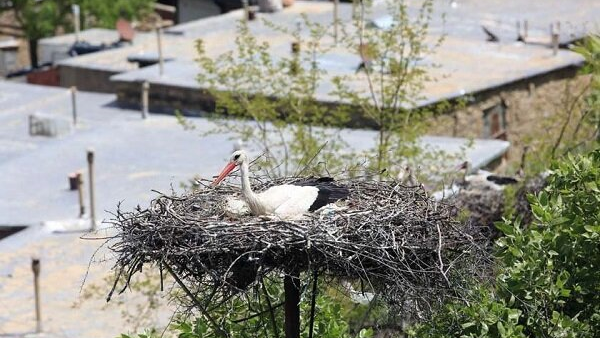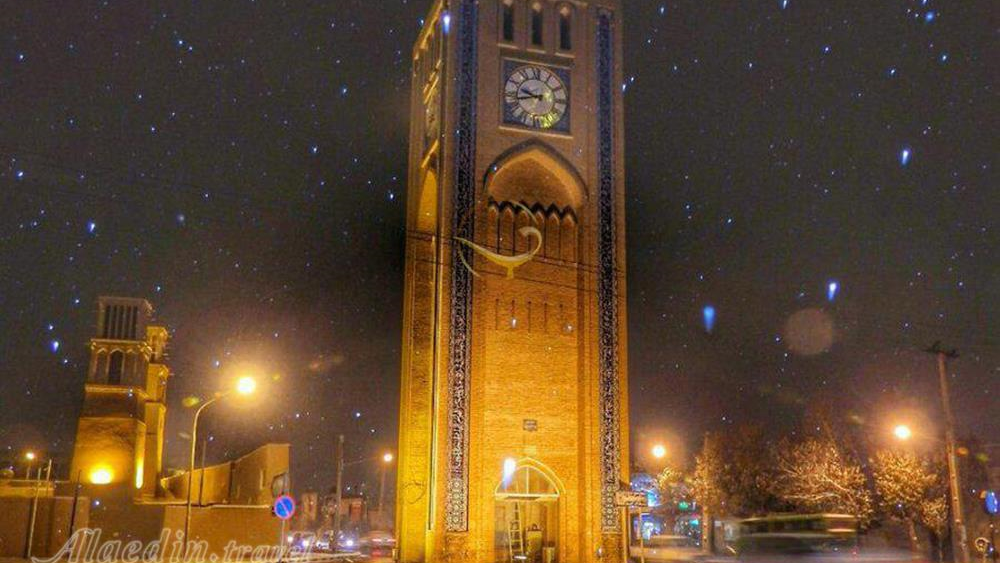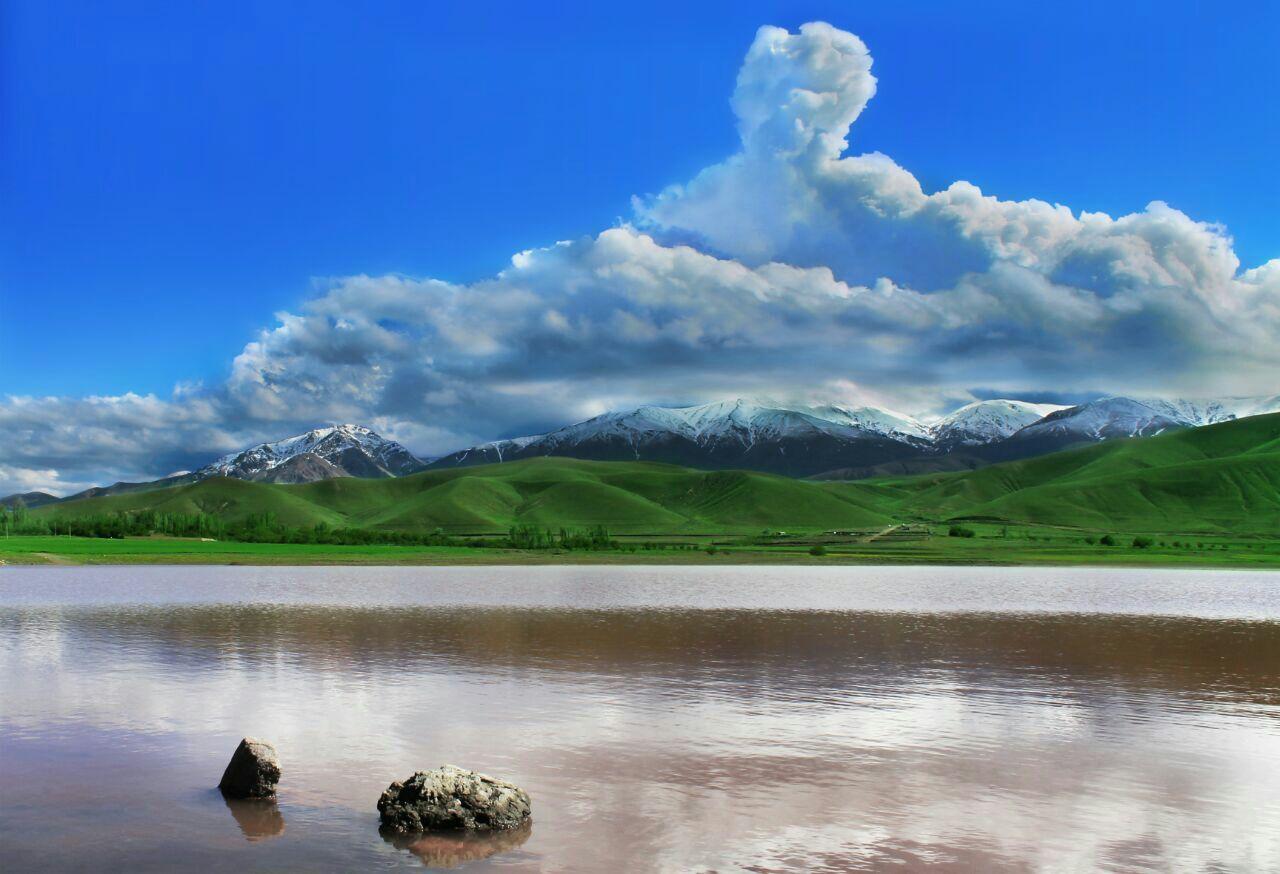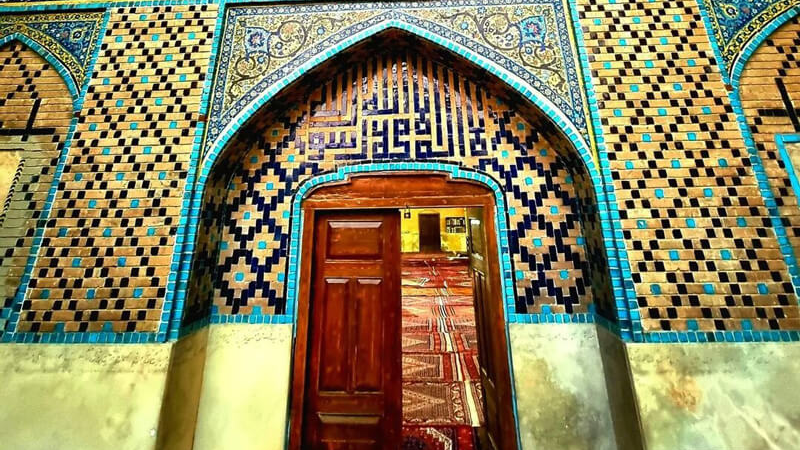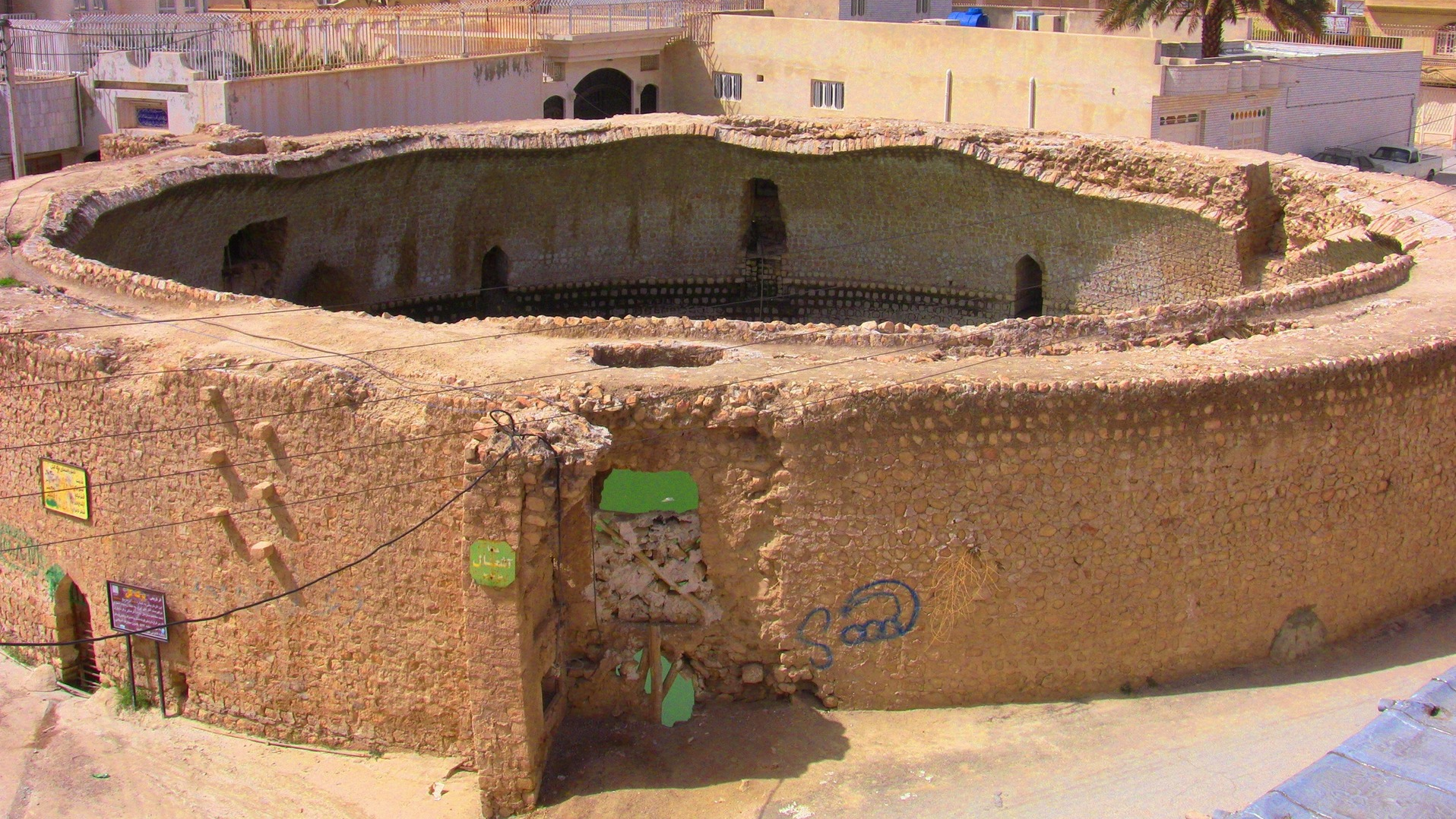
Karaftu Cave
There is a cave in the heart of the high mountains of Zagros and the complex built in it is considered one of the most valuable hand-crafted architectural works of ancient Iran. “Karaftu Cave”, which archaeologists believe was formed in the third geological period (about 65 to 251 million years ago), is a limestone cave and is located at a height of more than 100 meters above the ground level. To access this cave, a staircase has been built that has more than 180 steps.
The corridor of the cave is more than 600 meters long and its height varies between 1 and 12 meters. Karaftu Cave is known as one of the largest caves in Iran and the habitation structure built in it is in the form of a four-story complex. There are also a number of natural ponds in it.
Where Is Karaftu Cave Situated?
Karaftu Cave is located near the “Yuzeshbash Kandi” Village, 67 km west of Divandarreh County of Kurdistan Province. The distance between this cave and such cities as Saqqez, Sanandaj, and Takab is 70, 160, and 40 km respectively.
What Does Karaftu Mean?
The name of Karaftu Cave is derived from two words “Karf” and “Tu”, where “Karf” is equivalent to the word “Karft” and means “reward” in the Pahlavi language and “praise” in the Avestan language. “Tu” also means sun and heat in ancient languages, including Sumerian and Elamite. In the current Kurdish language, too, “tau” means heat, and “hehtau” means sun. Therefore, Karaftu should be translated as “The place of worshipping the sun”. In the past, Karfatu Cave was used for individual and collective prayers of followers of Mithraism. The origin of the name of the cave also goes back to this issue.
History of Karaftu Cave
Sir Robert Ker Porter, an English traveler, politician, and writer, who has done a lot of research on the historical works of Iran, visited the Karaftu Cave in the year 1818 AD and read and translated its inscription. In 1838, Henry Rawlinson, an army officer of the East India Company and an English orientalist, came to this cave and corrected Ker Porter’s translation of the inscription found in the cave.
In 1963, the British archaeologist, Marc Aurel Stein, and his assistant, Ayub Khan, prepared certain maps of the corridors of Karaftu Cave, which were quite accurate as per the standards of the time, and on which the carved rooms and natural atriums were marked. Following later excavations in this cave, Stein’s map was improved and became more complete.
The traces of habitation in Karaftu Cave date back to the prehistoric era. According to archaeological estimates, this cave and the “Kani Mikael” cave, which is located one kilometer away from it, had hosted humans since the end of the 5th and 4th thousand BC, and followers of Mithraism paid special attention to it.
Artifacts Discovered in Karaftu Cave
The various stone tools that have been found on the fourth floor and the area outside of this cave during the course of excavations carried out on the inside and outside of the cave indicate that humans used this cave in prehistoric times. According to speculations, from the 8th millennium BC until the advent of Islam in Iran, this cave was used by the followers of Mithraism to perform religious rituals. The pottery and objects found in the cave show that the cave was also used in the 12th to 14th centuries AD.
The Inscription of the Karaftu Cave
There is an inscription, written in Greek, above the entrance of one of the rooms on the third floor of the cave, most of which has been eroded. This inscription, which was probably created after Alexander invaded Iran (331 BC), mention has been made of the Greek god, Heracles, who had some followers among Iranians after Alexander’s attack. The translation of the remaining part of the inscription is: “This is the house of Heracles. Whoever enters it is safe.” Thus, the Karaftu Cave can be considered a place of worship. Another possibility that can be derived from the text of this inscription is that it was used by the Seleucids who had moved to the west of Iran after the conquests made by Mehrdad II (reign from 124 to 91 BC).
Features of the Karaftu Cave
The location of the cave is in such a way that the wind does not blow into it and it does not get covered with snow in winter. Thus, it is warm inside the cave in winter and cool in summer.
Certain architectural elements can be seen inside this cave, which strengthens the possibility of it being used as a living place. These include windows, skylights, ledges, doorways and thresholds, the location for placing tallow lamps, etc. In addition to that, there are other elements such as pits on the floor of some parts of the cave, which seem to have been used as ovens or for performing some rituals.
The cave has had an integrated water supply system through which the water was distributed in all parts of the cave by the created grooves and ponds. The required water was supplied from the springs downstream of the cave. There is a pond of 200 cm long, 70 cm wide, and 72 cm deep, At the entrance of the cave, from which several channels branch off. The diameter of all ducts is 12 cm.
The Karaftu Cave has a winding path and many openings and corridors. Corridors and passages were carved with different levels to connect different floors. There certain are places on the doorways for locking the doors to ensure the security of each part. Compliance with these details indicates the advanced architecture of that time.
Due to the erosions that occurred in the outer and inner rocks of the cave, the exact number of rooms is not known, but it seems that the architectural complex of the cave was much wider than what it looks like today.
Interior Decorations of the Cave
There are drawings of plants and animals on the walls of the Karaftu Cave. The third floor of this cave is the most beautiful part of it from an artistic point of view. The high accuracy of digging the rooms, the special arc-shaped roof, the presence of doorways and threshold steps, and attention to the needed light, are among the unique features of this cave.
Keeping in view the historical importance of Karaftu Cave and being a natural tourist attraction, it was inscribed on the list of Iran’s national heritage in the year 1940 AD. This amazing cave was also inscribed on UNESCO’s temporary world list on November 15, 2022, so that more attention would be paid to its historical value.
“Karaftu Cave”, which archaeologists believe was formed in the third geological period (about 65 to 251 million years ago), is a limestone cave and is located at a height of more than 100 meters above the ground level and to access this cave, a staircase has been built that has more than 180 steps.
| Name | Karaftu Cave |
| Country | Iran |
| State | Kurdistan |
| Type | Historical |
| Registration | Unesco |
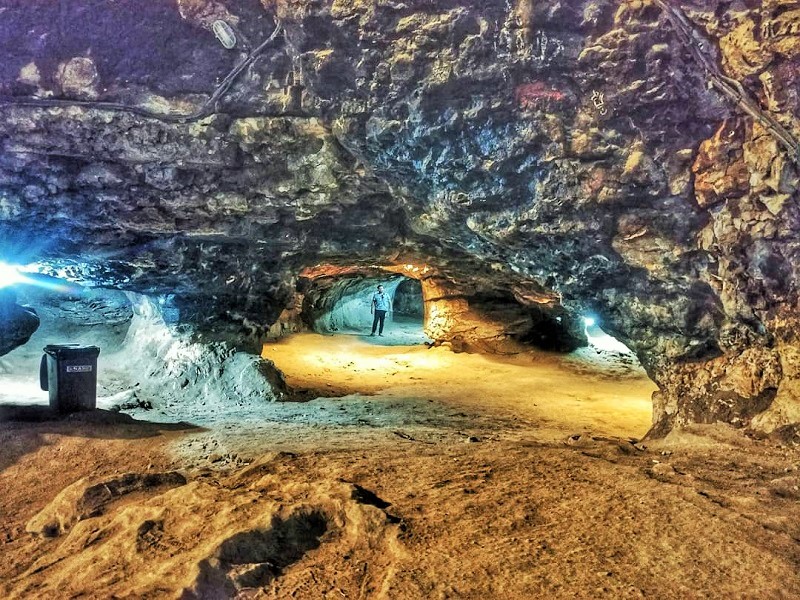
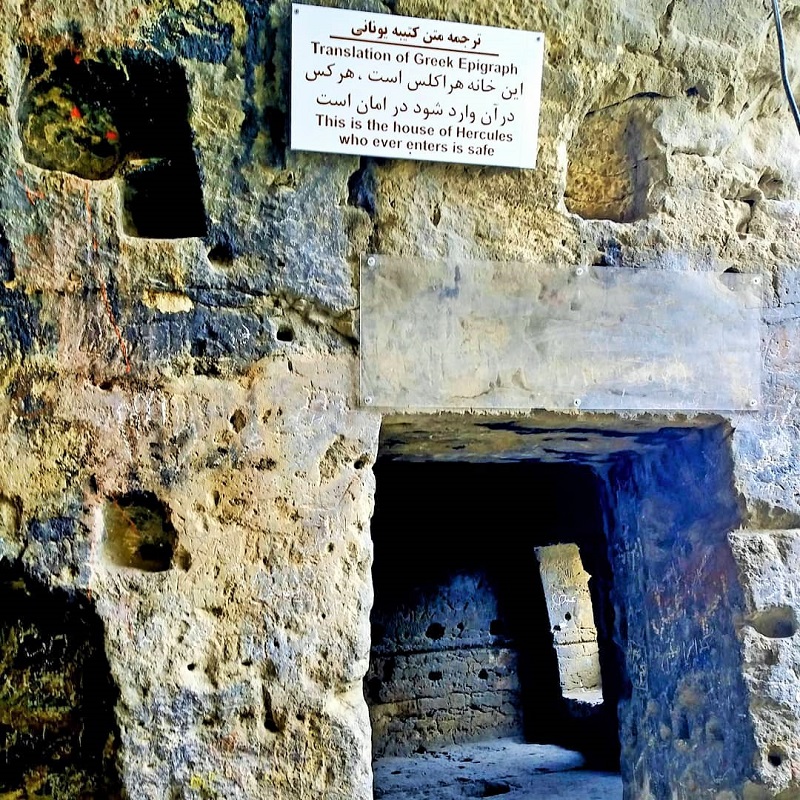
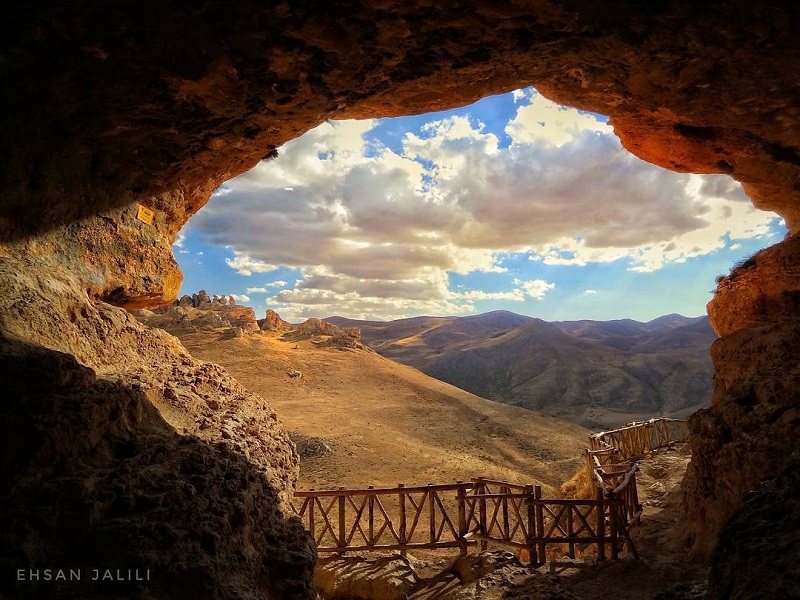



Choose blindless
Red blindless Green blindless Blue blindless Red hard to see Green hard to see Blue hard to see Monochrome Special MonochromeFont size change:
Change word spacing:
Change line height:
Change mouse type:


